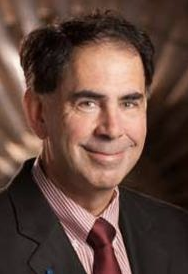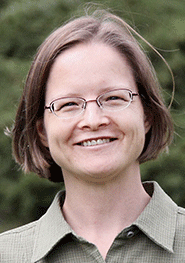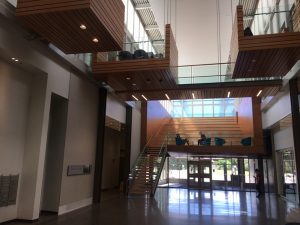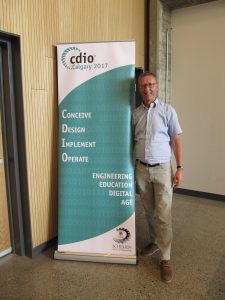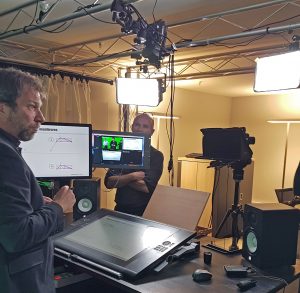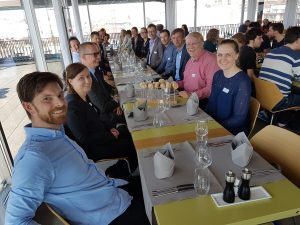Blog by Birgit Pepin, 4TU.CEE leader TU/e
It is now common knowledge that technologies are transforming, and will continue to transform, society and economy throughout the world – we live in a rapidly changing world. For many employees the reality is that there is the continual need to adapt to technological changes. Such changes are not limited to the world of work, they of course impact on higher education, in particular on engineering education, as the providers of the future work force. Technology is also transforming our students’ lives, including the ways they learn. Hence our curricula and courses must reflect such changes. Moreover, technology is changing our curriculum materials (e.g. when textbooks turn into e-textbooks), students’ access to and interactions with curriculum materials, and with media. These changes in education (and educational materials) must be reflected in change of aims and of instructional approaches.

The four technical universities in the Netherlands (i.e. Delft, Eindhoven, Twente, and Wageningen) have developed strategic frameworks for the coming years (e.g. TU/e Strategy 2030). Regarding the impact of technology on education, the TU/e document describes that “digitization touches on every aspect of our education”. (p.31, TU/e Strategy 2030). In terms of changes that come with technology and digitization, TU/e document states (amongst others) that:
- students need to be equipped with digital skills;
- courses need to be offered “in a flexible and modular way to provide learning opportunities tailored to the individual” student;
- “coherent packages of online courses” for future on-campus students need to be developed;
- mobile learning needs to be available, so that students “can learn when and where they want”;
- assessment systems need to be developed to “support the interaction and feedback between students and their coaches”;
- an infrastructure for obtaining and processing (e.g. from a distance) needs to be created; and
- open access to all research results needs to be provided.
In my previous blog (https://4tucee.weblog.tudelft.nl/2018/03/20/connecting-the-dots/) I have argued that the OECD suggests a shift in educational aims, also in engineering education. In this blog I consider that, due to a technology-changed world (both in the world of work, as well as in students’ personal lives) and in line with the “new aims”, we have to change learning environments and instructional approaches in engineering education. These changes afford particular dilemmas for course designers/teachers, and I argue that in order to develop new curricula and courses that align with changing student learning practices, and at the same time take advantage of technological affordances (and constraints), it is necessary to provide support for teachers.
What are (some of) the changes in terms of student learning?
The OECD (2018) predicts that a new kind of student learning (and teacher teaching) is necessary in order to be able to face “unprecedented challenges” -social, economic and environmental (see earlier blog). Whilst a number of “21st century” learning skills and knowledges have been identified as necessary to suitably and effectively prepare our students for these challenges (so that they can eventually join the future workforce), the repercussions of these challenges for the design of student learning (environments) have largely not been taken up. Whereas employers now seek future engineers who are competent and confident collaborators and team-players, creative problem solvers, effective communicators, and critical thinkers, most of our students in higher engineering education still learn in traditional settings and environments, emphasizing hierarchically organized knowledge and curricula and offering little support for becoming “systems thinkers”. Employers now demand engineers who think flexibly and are adaptable, able to function effectively in a less structured, shared and activity-based environment. It can be said that students are no longer well-served by being presented with “static” subject matter knowledge, and exposed to traditional instructionist teaching approaches in formal spaces. They need to be able to learn to “make connections”, learn in new and flexible ways that prepare them to function well in tomorrow’s world (Schuck, Kearney, & Burden, 2017).

Photo Taken In Bangkok, Thailand
Let’s learn from particular examples. (1) Nowadays students do not only learn on campus during particular hours, or at home with the help of Learning Management Systems; they may learn, for example, on the train, or in a cafe; in other words, more flexible time-space configurations are needed for new modes of learning. New portable devices offer new possibilities for student learning in a multiplicity of formal and informal, physical and virtual contexts (ibid). (2) Learning may take place “polysynchronously” (Oztok et al. 2014), across spaces posing challenges for teachers who are not used to think about this flexible use of time. (3) Learning may also occur without a teacher, initiated by learners themselves and in the presence of peers and experts from around the globe (Schuck, et al. 2017). (4) Informal (recreational) learning in digital spaces (e.g. multiplayer games) assumes that learners are self-directed and autonomous. Young people using these spaces choose what they learn and operate at their own pace and in their chosen way. Learning in these spaces is typically situated in learning networks and communities; they require collaboration and problem solving, for example, and the focus is on interaction with peers and creation with new media (Aubusson, Griffin, & Kearney 2012).
It is clear that new technological affordances nurture new learning practices. These provide challenges for teachers, in particular in terms of designing new pathways and environments for student learning. What could some of the design challenges be? This is discussed in the next section.
What are the challenges our teachers face?
In terms of learning contexts, traditional physical learning spaces (e.g. lecture theatres) or formal virtual spaces (e.g. Learning Management Systems) typically assume a delivery model of learning, where the teacher is the expert and is charged with the authority to “cover the content” of the course, in other words to disseminate knowledge to generally passive learners. In “new contexts” learners have to take on a more participative, collaborative role, for example, by making use of online networks and learner-generated content (e.g. because it is needed for a particular project) in social, virtual communities.
 Considering the strategy papers of the four technical universities, there are a number of challenges for our teachers in engineering education, amongst them the following:
Considering the strategy papers of the four technical universities, there are a number of challenges for our teachers in engineering education, amongst them the following:
- Collaboration – individualization: on the one hand students are to be provided with collaborative learning spaces, where they can co-act across a range of networks, with peers, teachers/experts – this is said to “emancipate their minds” (Dewey); on the other, students are expected to be able to develop their individualized learning paths, where they can develop agency over their own learning.
- Authenticity – “artificiality” of concepts: on the one hand students are to be provided with authentic, relevant, real-world situations/contexts that they can make sense of (in terms of personal meaning making); on the other there are “artificial” (scientific) concepts that allow transfer from one situation to another (without detriment to the conceptual underpinning) and these concepts make sense to students in different situations.
- (at curriculum level) “Didactic coherence” as seen through the eyes of the expert/teacher – “dynamic coherence” as seen through the eyes of the student (e.g. what the student regards as relevant learning packages for a particular project): on the one hand there is the coherence as seen through the eyes of the teacher/expert, in his endeavor to provide “coherent packages of online courses” for students – this is often linked to didactical considerations for particular contents; on the other there is the “dynamic coherence” as seen by the student/s when s/he learns on challenging projects and puts together his/her own learning line for this.
- (at instructional level) Provision (by teachers) of various potential student learning paths – provision of “tools” for students developing their own actual learning path: on the one hand teachers are expected to create “personal learning paths” for students, so that they have a choice to pursue their own goals and interests; on the other, with technology and digitization it is possible for students to choose themselves the ”tools” they need, in order to develop their own learning paths. These will be “personal” and independent of time and space, whether students learn in the train, on campus, at night or on weekends.
These are only four of the challenges, perhaps dilemmas, I see for our teachers, and there are likely to be many more. How can we support teachers in their design and implementation efforts of new instructional approaches? How can we facilitate the design (and enactment) of courses that reflect the new aims and strategies? If we are striving to make these future visions a reality, there are clearly a few challenges ahead of us.

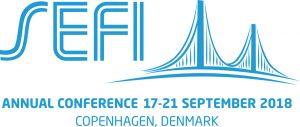 In her key note Ruth Graham addressed the innovative nature of the up and coming or trending Universities (
In her key note Ruth Graham addressed the innovative nature of the up and coming or trending Universities (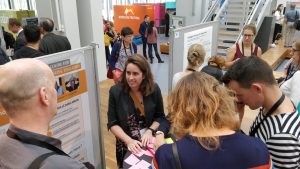 es would take care of the three pillars of engineering education “creativity, innovation and entrepreneurial mindset”. A rather interesting statement. Do universities also consider teaching fundamental skills to students as their main task? Or could this be outsourced to online learning companies………
es would take care of the three pillars of engineering education “creativity, innovation and entrepreneurial mindset”. A rather interesting statement. Do universities also consider teaching fundamental skills to students as their main task? Or could this be outsourced to online learning companies………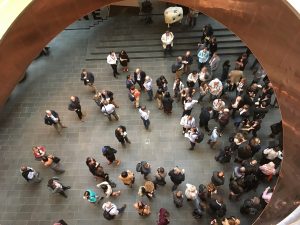
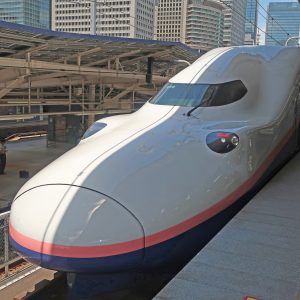
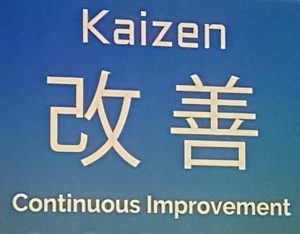
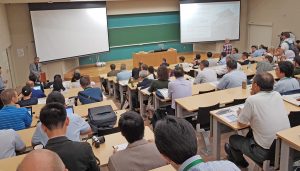
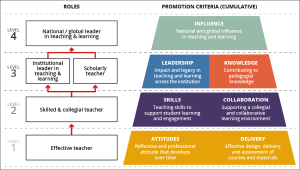
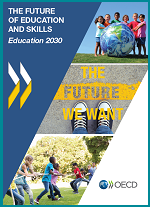 Position paper OECD and engineering education
Position paper OECD and engineering education
 Innovation through co-operation and collaboration
Innovation through co-operation and collaboration

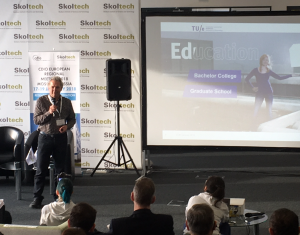
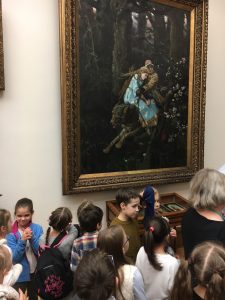
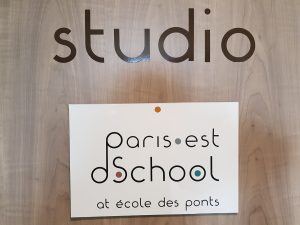
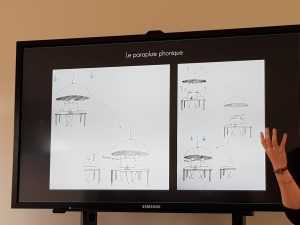
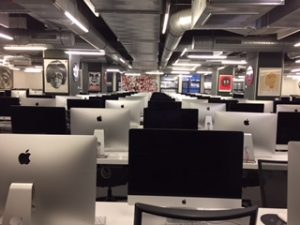
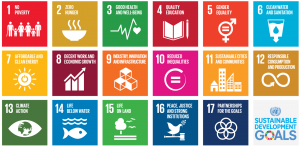

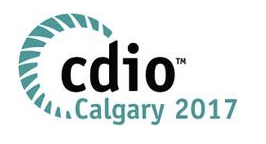 Here are some highlights of this year’s world conference of
Here are some highlights of this year’s world conference of 